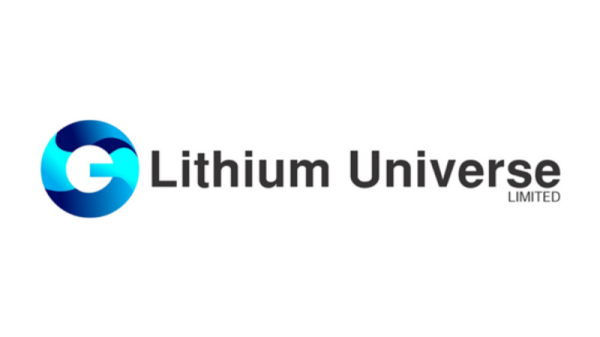Top copper miner First Quantum Minerals (TSX:FM,OTC Pink:FQVLF) has hit a major setback in Panama.
On Tuesday (November 28), the country’s Supreme Court of Justice ruled that the company’s mining contract for the Cobre Panama copper mine is unconstitutional, casting uncertainty on the operation’s future.
‘We have decided to unanimously declare unconstitutional the entire law 406 of October 20, 2023,’ Supreme Court President Maria Eugenia Lopez said in a brief statement announcing the decision.
Law 406 refreshed First Quantum’s mining contract for Cobre Panama, giving the company a 20 year mining right with the option to extend for a further 20 years. In exchange, Panama was to receive US$375 million in annual revenue.
However, the news was poorly received by locals who have concerns about the mine’s environmental impact and believe the deal is ‘overly generous’ to First Quantum. Protestors have taken strong steps against the company in recent weeks, including organizing a blockade that has forced a production halt at Cobre Panama. Their actions have also attracted attention on a global scale — actor Leonardo DiCaprio took to Instagram with a supportive post on November 24.
First Quantum said in a press release that it is reviewing Tuesday’s ruling from the government, and ‘continues to reserve all its local and international legal rights in regards to developments in Panama.’
Looking at what may happen next, Dalton Barretto, managing director of equity research, metals and mining at Canaccord Genuity (TSX:CF,OTC Pink:CCORF), explained to CBC that it’s the process by which First Quantum’s contract was signed that’s been called into question, not the contract itself. ‘It means that the process followed by the government to take the renegotiated contract and enshrine it into law did not follow constitutional process,’ he said.
With elections approaching in Panama in the spring, Barretto thinks it’s likely that First Quantum will have to negotiate with the new government at that time. However, he thinks Cobre Panama will ultimately be able to move forward — the mine accounts for 5 percent of Panama’s GDP, and a complete shutdown would be negative for the country’s economy.
First Quantum Minerals’ year-to-date share price performance.
Chart via Google Finance.
For now, investors are spooked by the situation, with First Quantum’s share price falling off a cliff over the past month. It closed Tuesday at C$12.64, and is now down 55.07 percent since the start of the year.
Although Panama is not a top copper-producing country, First Quantum is one of the biggest copper miners in the world, putting out 776,000 metric tons of the red metal last year. Its flagship asset is the Kansanshi copper-gold mine in Zambia, but Cobre Panama is the company’s newest operation, having started commercial production in 2019.
Cobre Panama’s recent problems date back to 2018, when Panama ruled that the law under which First Quantum was operating the mine was unconstitutional. That ruling was upheld in 2021, and the company then had to negotiate a new agreement with the government, the result of which was the deal announced on October 20.
Copper’s year-to-date price performance.
Chart via the London Metal Exchange.
Cobre Panama accounts for about 1 percent of global copper production, and although protests are currently stopping it from operating, Panama’s government hasn’t restricted its output.
As for the larger picture, while copper prices have trended downward this year after a January spike, the consensus among experts is that the red metal’s future looks bright — low grades, a lack of fresh discoveries and the long periods of time necessary to bring new mines into production are all combining to create a tight supply environment.
‘While I can’t predict (copper) demand, even if it’s flat, the supply’s not there. That’s what I know,’ said Joe Mazumdar, editor of Exploration Insights, in a conversation earlier this year. ‘That’s what you can put your hat on, because you know that from discovery to basically production the average time is 15 to 18 years.’
Securities Disclosure: I, Charlotte McLeod, hold no direct investment interest in any company mentioned in this article.





























